The whole province has more than 35 thousand hectares of rice cultivation area each year, in which rice plays an important role in ensuring food security, contributing to promoting the province's socio-economic development, creating jobs, stabilizing income and protecting the ecological environment.
However, climate change and extreme natural disasters have been negatively affecting agricultural production and human life. Traditional rice cultivation requires a large amount of water to maintain flooding and releases a large amount of methane (CH4) into the environment, increasing the problem of climate change.
According to research, rice plants consume 30 - 40% of irrigation water in agricultural production, contributing up to 48% of greenhouse gases and 75% of methane (CH4) emissions in agriculture.
To improve the efficiency of rice cultivation, save water, reduce greenhouse gas emissions, and adapt to climate change, the Provincial People's Committee has issued Plan No. 59 to implement the crop development strategy to 2030, with a vision to 2050, with the view of producing crops in the direction of green, organic, circular, multi-value, low-emission, in line with the strategy of sustainable agricultural and rural development.
Contributing to realizing the above viewpoint, in the Spring crop of 2025, the Center for Organic Agriculture (Vietnam Academy of Agriculture) coordinated with the Provincial Agricultural Extension Center to deploy a sustainable rice cultivation process with the alternating wet and dry irrigation method, on a scale of 1,000 hectares in 5 communes and towns in 2 districts of Vinh Tuong (Thuong Trung, Vu Di) and Yen Lac (Lien Chau, Yen Phuong and Tam Hong town).
Water-saving irrigation technology such as alternate wetting and drying (AWD) has been developed and applied in Vietnam by the International Rice Research Institute (IRRI) since 2003. This method is similar to the principle of shallow-surface-dry irrigation.
According to the AWD principle, rice should only be irrigated when the water level in the field drops to about -15 cm above the ground. At the same time, a water layer of about 5 cm must be maintained from one week before to one week after flowering to ensure rice yield.
Present at Nhat Chieu field, Lien Chau commune (Yen Lac), after more than 1 month of implementing the sustainable rice cultivation process with the alternating wet and dry irrigation method, we noticed that the whole green rice field is starting to form ears, growing up like young girls in their prime.
Walking on her family's fields, Mrs. Ngo Thi Minh excitedly said: This is the first crop and also the first time I have planted rice using the alternating wet and dry irrigation method. I have seen that the rice plants grow and develop well, reducing the work of getting water, producing many tillers, strong plants and few pests, promising a bumper spring crop.
In the 2025 Spring crop, Lien Chau commune has 150/200 hectares of local rice cultivation area implemented according to the sustainable rice cultivation process applying alternating wet and dry irrigation technology, reducing emissions, and adapting to climate change. Up to this point, the rice plants have grown and developed well.
Ms. Bui Thi Tuyet, an agricultural and environmental officer of the commune, said: With the increasingly obvious impact of climate change, applying the method of alternating wet and dry irrigation of rice will help rice plants adapt better to the weather.
The advantage of alternating wet and dry irrigation is that the rice plants still absorb enough water and grow well, the plants are strong so they are more resistant to lodging. In particular, the rice has fewer pests and diseases because the fields are more airy, reducing irrigation water, labor and irrigation costs, saving water resources, thereby contributing to reducing CH4 emissions.
To ensure the effective implementation of the model, people clearly understand and approach the method and process of alternating wet and dry rice cultivation, the Center for Organic Agriculture - Vietnam Academy of Agriculture in coordination with the Provincial Agricultural Extension Center organized training conferences for more than 1,000 officials and farmers of 16 communes and towns in Yen Lac district to raise awareness and provide knowledge about the alternating wet and dry irrigation method; the advantages and benefits of the above cultivation method.
Faced with the increasingly evident effects of climate change, sustainable rice cultivation techniques that save water and reduce emissions are receiving more and more attention.
To contribute to increasing income for rice farmers, moving towards developing agricultural production in the direction of green, organic, circular, multi-value, low emission, in the coming time, the agricultural sector will strengthen propaganda, mobilize people to apply new technical solutions in production, apply the process of alternating wet and dry rice cultivation, gradually forming organic rice production areas, reducing greenhouse gas emissions.
Besides, it is necessary to review, evaluate and research the conversion of crop structure on ineffective rice-growing land to develop other crops and livestock with higher economic value...
Red
Source: http://baovinhphuc.com.vn/Multimedia/Images/Id/126382/Canh-tac-lua-ben-vung-giam-phat-thai-khi-nha-kinh





![[Photo] Special flag-raising ceremony to celebrate the 135th birthday of President Ho Chi Minh](https://vphoto.vietnam.vn/thumb/1200x675/vietnam/resource/IMAGE/2025/5/19/1c5ec80249cc4ef3a5226e366e7e58f1)
![[Photo] Party and State leaders visit President Ho Chi Minh's Mausoleum](https://vphoto.vietnam.vn/thumb/1200x675/vietnam/resource/IMAGE/2025/5/19/d7e02f242af84752902b22a7208674ac)
![[Photo] Party and State leaders attend the special art program "You are Ho Chi Minh"](https://vphoto.vietnam.vn/thumb/1200x675/vietnam/resource/IMAGE/2025/5/18/6895913f94fd4c51aa4564ab14c3f250)
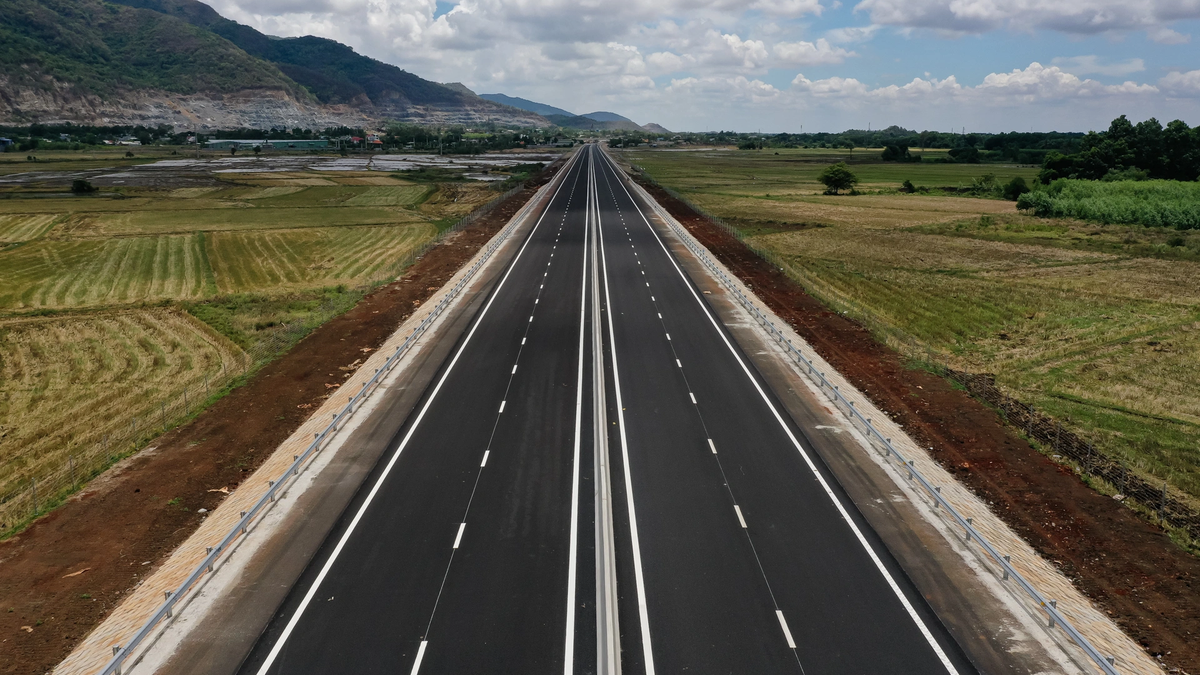
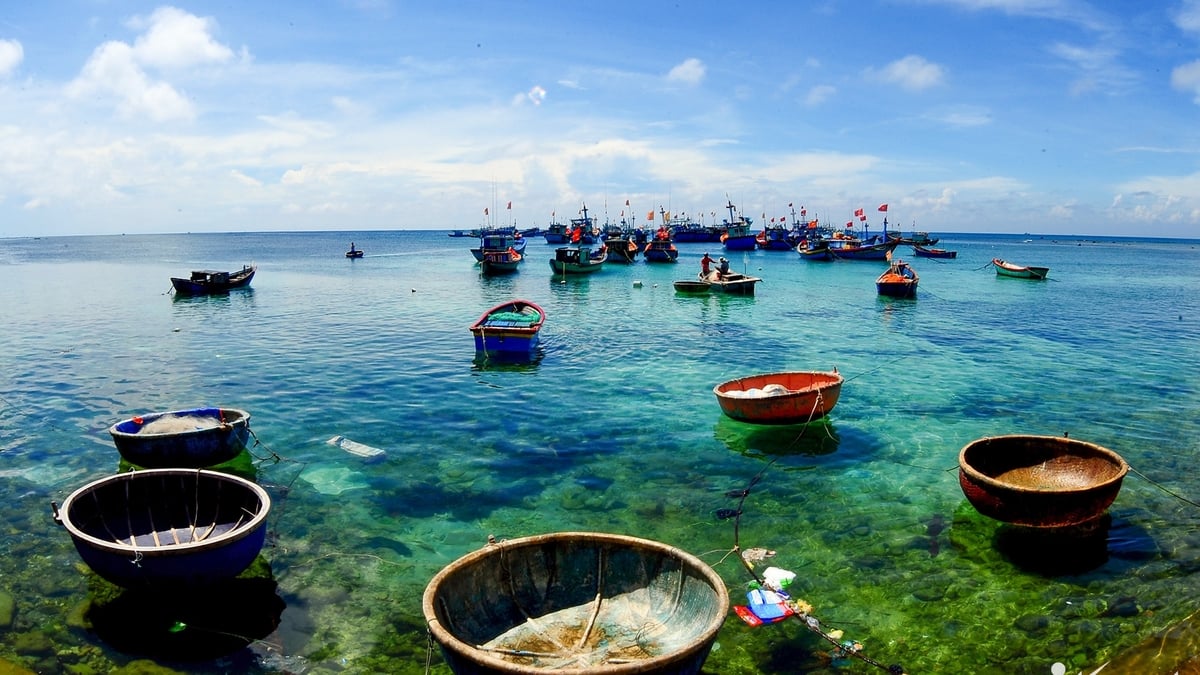


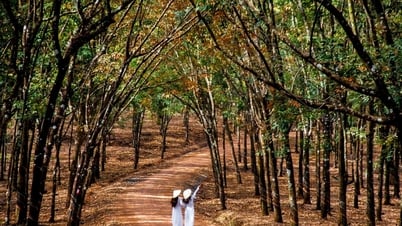

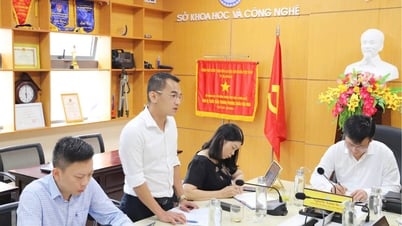

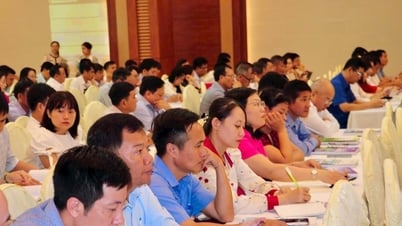
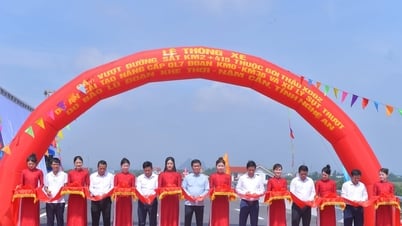
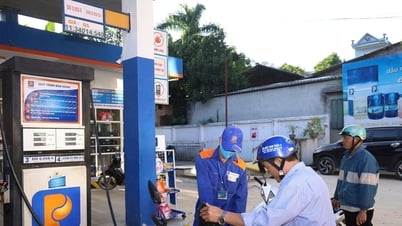




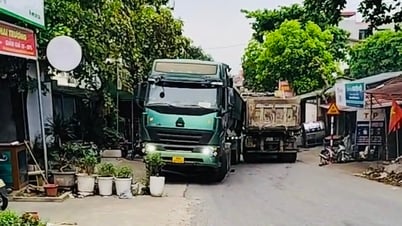
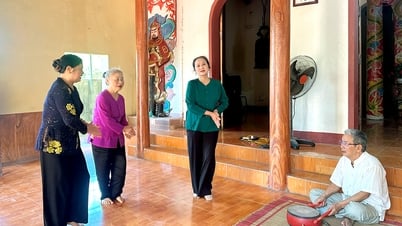
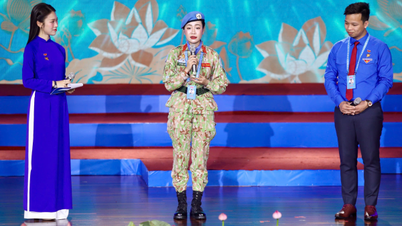
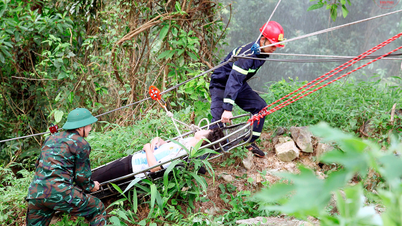
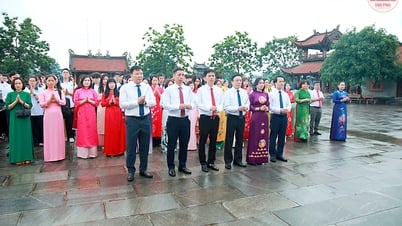
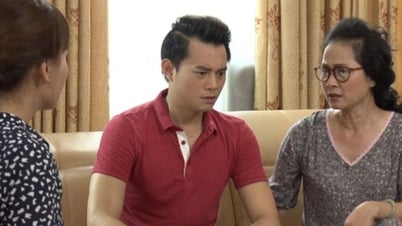
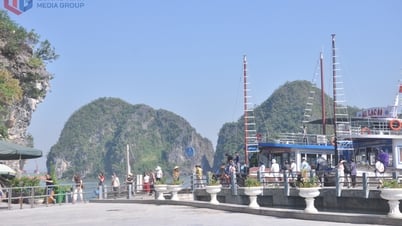



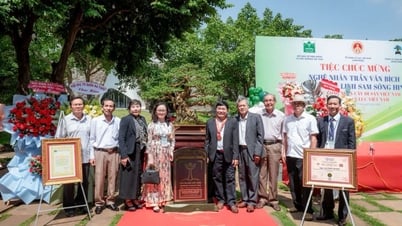











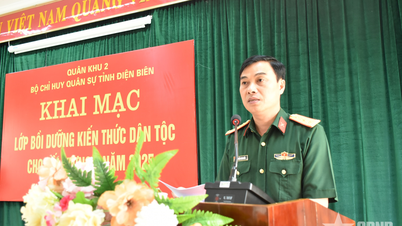
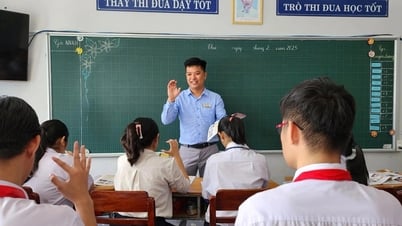

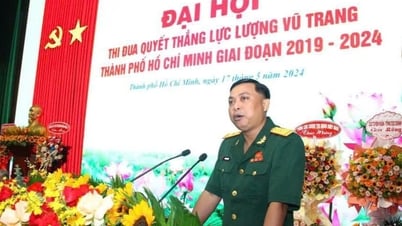

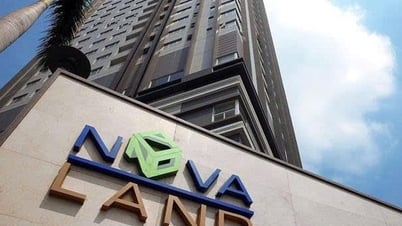

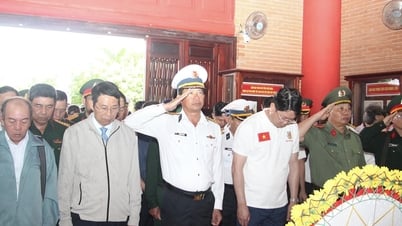



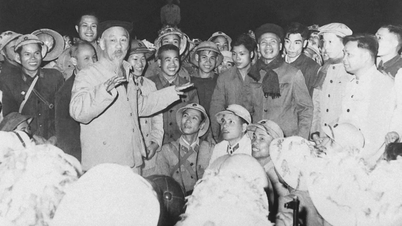
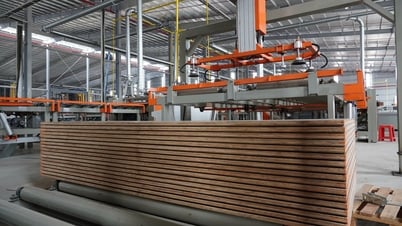
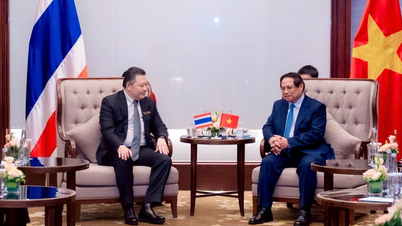




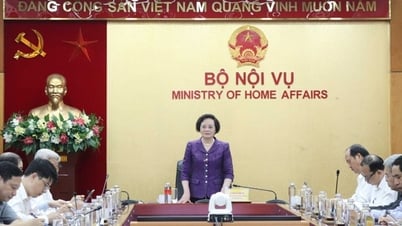

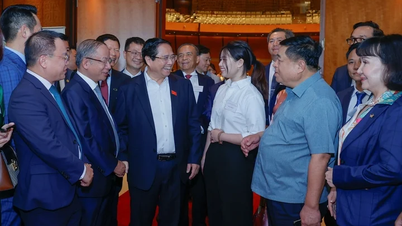
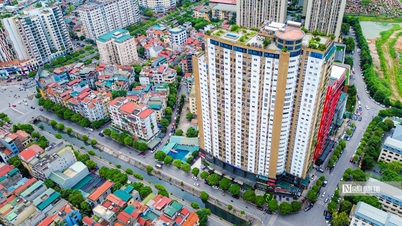


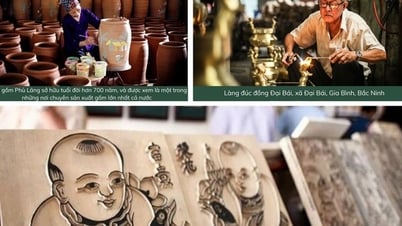
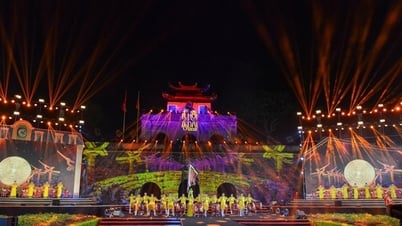


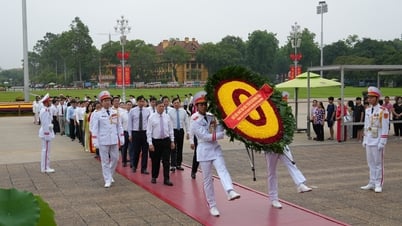

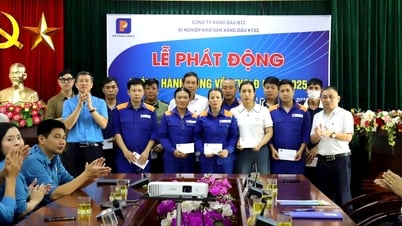

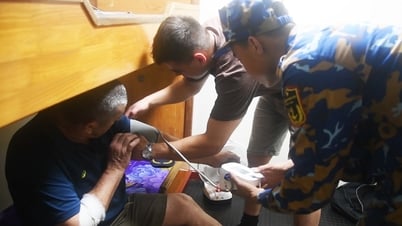

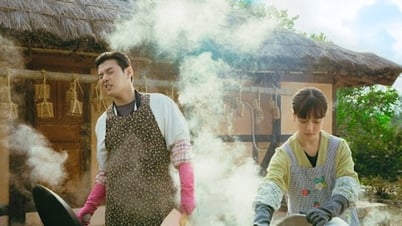

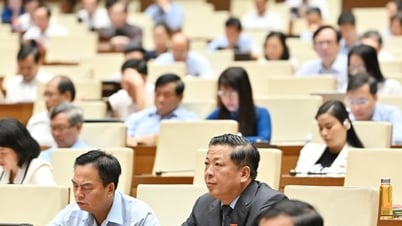










Comment (0)